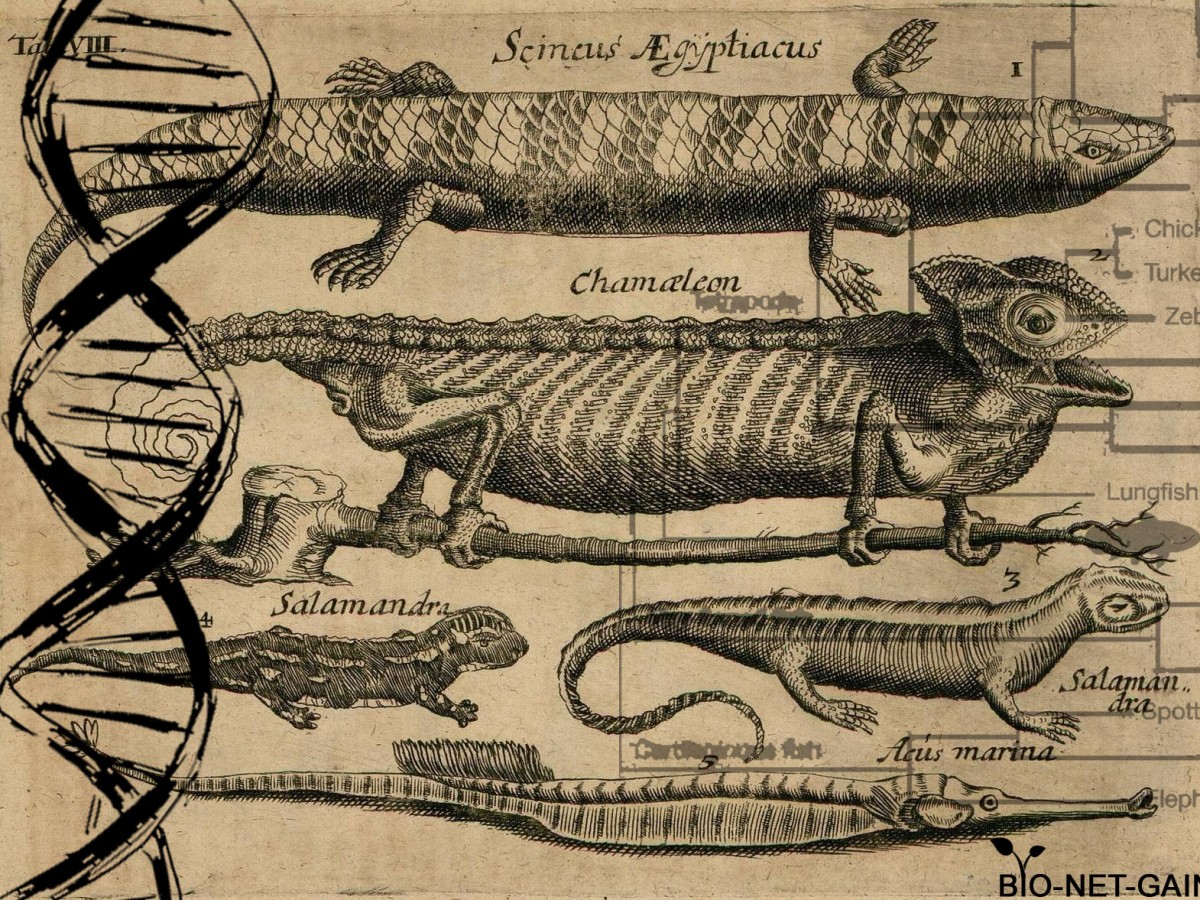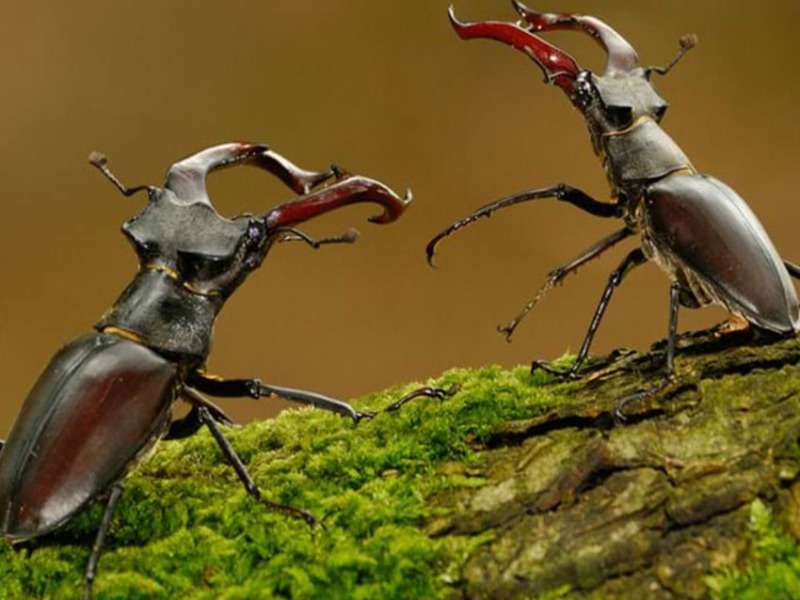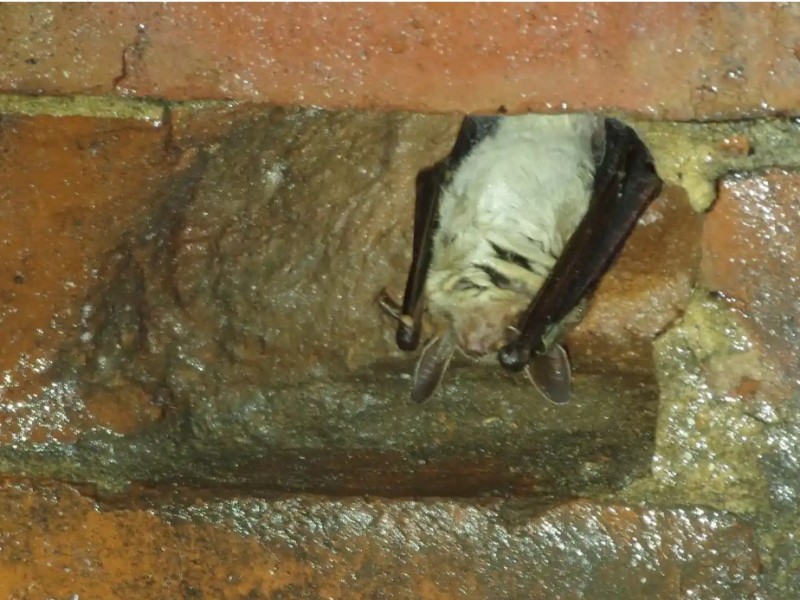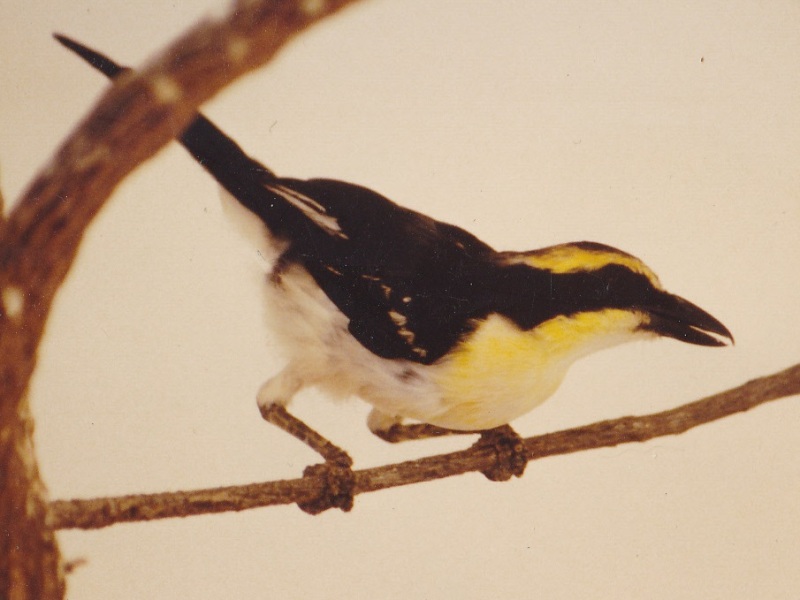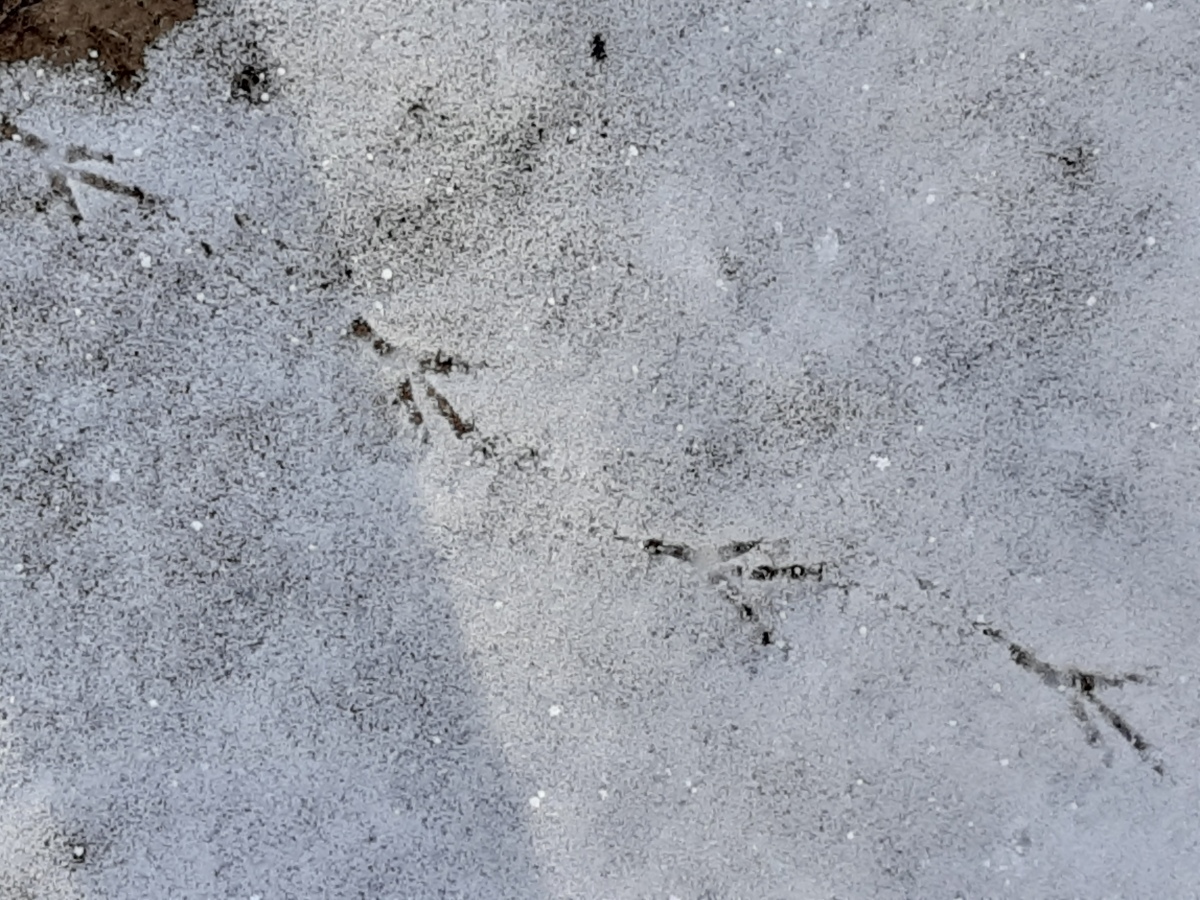It is mid-March as I write this and already small explosions of skylark (Alauda arvensis) song are breaking out over the fields of my workplace. The Latin name comes from the Gaulish word for ‘tufted’ – Alauda – and the Latin adjective for being ‘in the fields’ – arvensis. If you only had those two phrases to track down a skylark in the UK, you might be fine. You can see the distinctive tuft below.

Male skylarks can sing for up to an hour whilst hovering in the sky, rising vertically from the grassland they immediately begin their songs, and end them by parachuting downwards towards the grassland, and then disappearing. But how do you determine where skylark nests on a site? The short answer is: with great difficulty. We will go through some recent practical examples from my own experience, and have a look at how others have found skylark nests. This article would be ideal for ecologists looking to design their own skylark studies. Obviously, unless it’s absolutely necessary, clearing fields where skylarks may be present is likely to result in breaking the law, as skylark nests, like all nests in the UK are strictly protected from destruction. Furthermore, disturbing nests can also result in nest abandonment or increased predation.
Skylarks breed between April and August all over the UK and due to high nest predation rates, have multi-brood breeding seasons with up to three, sometimes four, nesting attempts.
Will Skylarks be on my site?
Before actually hearing skylarks, you can identify whether or not they are likely to use your site from the site’s composition.
Skylarks typically favour vegetation which stays between between 20cm to 50cm (some other studies say 20-60cm); often favouring arable land with cereal crops and weeds usually in tufted clusters, such as the below. However I have also found skylark nests within dense improved, grazing pasture as well. Skylarks will avoid nesting in very tall vegetation. We found that arable farmland that has been left untouched for about 1 year creates an ideal mosaic of weeds and sparse areas of vegetation for skylark. The below photos are all from last year and shows adjacent sites, with and without skylark activity.
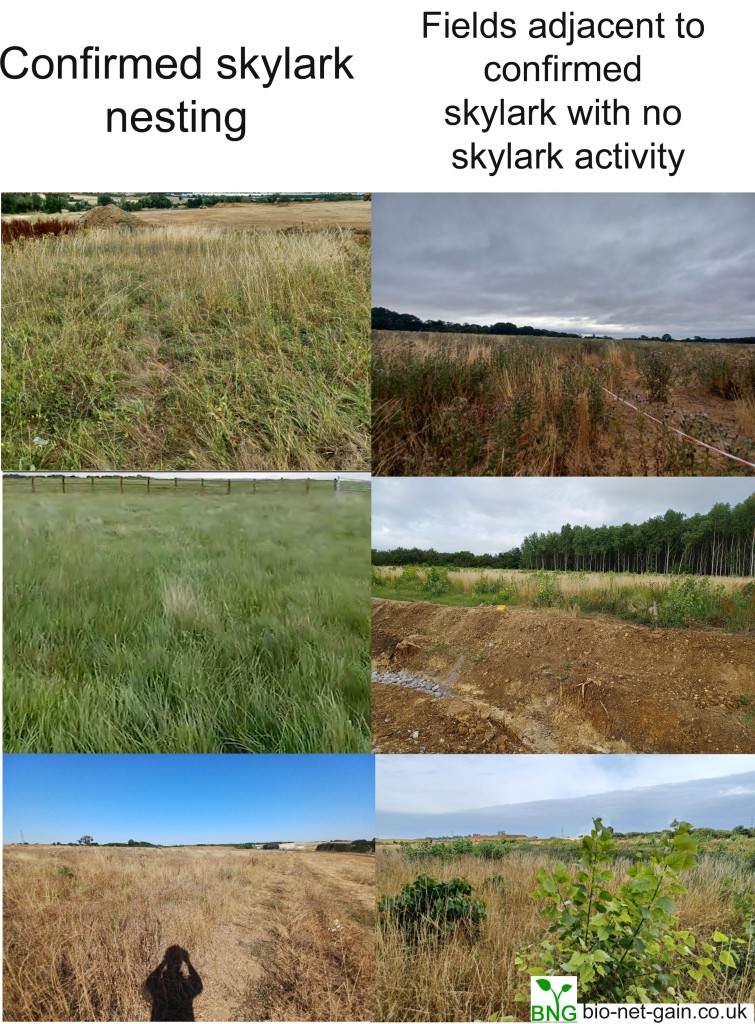
No skylarks were found in our fields where the grass and vegetation was uniformly 1 meter or more in length (typically after being left for at least 2 years with no management). Take the bottom two photos for example, you could stand in the ditch separating them and hear 5 skylarks singing in one ear, and none in the other.
Where are they likely to nest within the field? This study, showed that skylarks are much less likely to nest near to linear features, due to higher predation risks at these areas. Therefore, it is unlikely that they will nest on or within a few meters of tramlines and field edge habitat. All though, higher densities of skylark and lack of suitable nesting areas may force individuals to nest in higher risk areas.
How to actually find nests?
Skylark territory size typically falls within 0.25-2ha and both parents will feed the chicks, with the male sometimes singing whilst carrying food in its mouth. This information could be used to estimate roughly how many potential nests you may have in an area. Along with a good old fashioned observation period.
Skylarks, despite their aerial arias, do not want to be found! Their streaky brown and beige plumage is perfect for their favoured nesting grounds (consider the photo in the bottom left of the above, which was very densely populated by skylark). The nests are well hidden and the eggs can also be very mottled, and look just like stones. To make things even more difficult, skylarks will often land and walk a few meters to the nest location.
Here’s an example of a nest we found last summer, over 20m from any edge habitat and under a tuft of vegetation. This vegetation was a former arable field which had not been farmed or cut for approximately 1.5 years, which seemingly made the perfect habitat for skylarks, with bare areas and more dense tufted grasses and thistles; essentially, a field sized skylark plot!
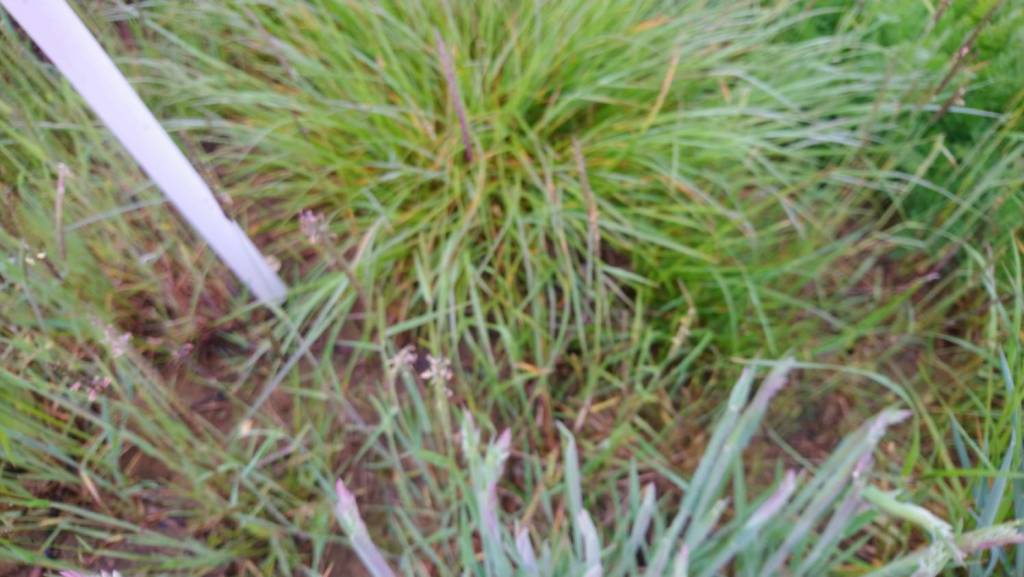
Here’s a close up, the nest was located under the tuft seen above.

Good luck finding this nest within a hectare of grassland! It is extremely labour intensive without the use of very expensive thermal gear, which is likely to only work when you are already very close to the nest. This nest was found by fingertip searching an area after observing skylarks singing and dropping down nearby, and likely a bit of luck too. Often, when we were watching skylarks drop down into the grassland and then searching this area, it yielded no nests.
Here’s an unexpected nest I found whilst walking through an improved, grazing grassland, in May 2022. I got about 2 feet away from standing on the nest before the female flushed and landed nearby. Luckily the female returned after I left and we marked the nest location.
How have scientists found nests for their respective studies?
Manuel Püttmanns et al Journal of Ornithology, 2021: ”We searched areas in conventionally managed winter cereals for nests after we had observed Skylarks out of a car or camouflaged tent returning to the nest for nest building, incubation, or chick feeding.”
Another Manuel Puttmans et al study – Evolution and Ecology journal in 2022 built upon this observational method: ”From April to August in 2018 and 2019, we searched for Skylark nests in our study area by observing Skylarks that clearly showed breeding behavior. The observation of adults carrying nesting material or prey items and of females returning to their nest for incubation were the main indicators to find the nests. In about one-quarter of findings, rope dragging to flush incubating females supported the search. Moreover, the nest localization itself was facilitated by the use of a thermal binocular (Pulsar Accolade XQ38) in individual cases.”
Drones
HS2 has claimed to have success in finding skylark nests using drone technology with thermal cameras attached. Indeed this method seemed to have worked judging on the photos in their article. I could not locate exact methodology for this method or the types of drone equipment used. But it is likely to be very expensive. We tried using drones in this manor on our sites. However, during the day it did not work, so it is likely that the surveys may have to be undertaken at night. Which we could not do. The gear we were using was a H20 thermal gimbal with a DJI Matrice 300 RTK quadcopter. Other studies in the UK have had success in finding other cryptic species with drones such as this study with nigthjar.
Conclusion
Ultimately, locating skylark nests is extremely difficult and many of the studies I reviewed for this article admitted that they likely missed many nests on their survey sites. As drone technology improves and becomes cheaper, perhaps land owners, scientists and other industries can use this in order to protect skylark nests and other wildlife on their sites.
What is a Species?
The Ruddy Duck/White-headed Duck conservation dilemma The question ‘what is a species’ is somewhat of a philosophical conundrum. So far the complexity of life has foiled any attempts of creating an all encompassing definition of a species, giving rise to the term ‘the species problem’. In certain conservation situations, how we define a species could…
Seeing the Deadwood Through the Trees
Dead wood is an amazing habitat to increase biodiversity
In Nature Nothing Exists Alone
In 1990, the greater mouse eared bat (Myotis myotis) was declared extinct in the United Kingdom – the first native species to be declared extinct in Britain since the grey wolf (Canis lupus) in 1786. However, in 2002, in a dank, disused railway tunnel in Sussex, a greater mouse eared bat was found hibernating. Nobody…
The ballad of the Bulo Burti Boubou bird: An alternative to killing animals for museum collections?
A Fascinating Tale of Zoological Pedantism
There Are Bats in my Loft! What Do I Do? Advice from a bat Ecologist -UK
After providing my friend, Brian, with some bat advice, I thought I’d smash out a quick blog for people in a similar situation. Navigating the planning process when you have bats in your loft can be a pain; the process if rife with jargon, potential time delays, un-expectancy and expense.
X Marks The Fox – Animal Footprint ID in Snowy England
A short walk through the British countryside in the snow is a great way to sharpen up on your British animal footprint ID. Lets have a look at some common UK species which I found on a recent walk through the snow; and some quick methods to ID them. Badgers, unlike dogs and foxes are…
Categories: Ecologists Resources, ecology surveys





